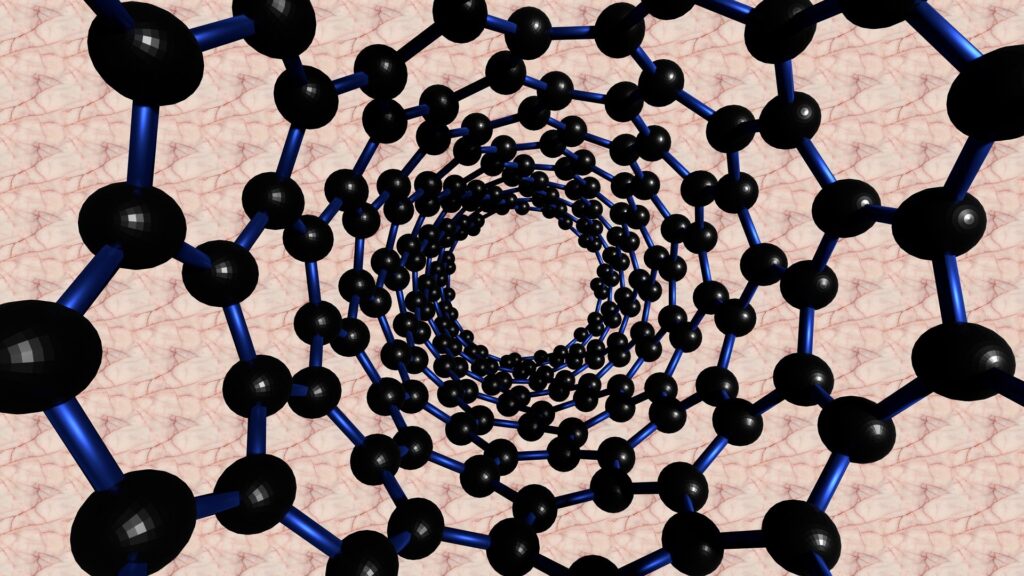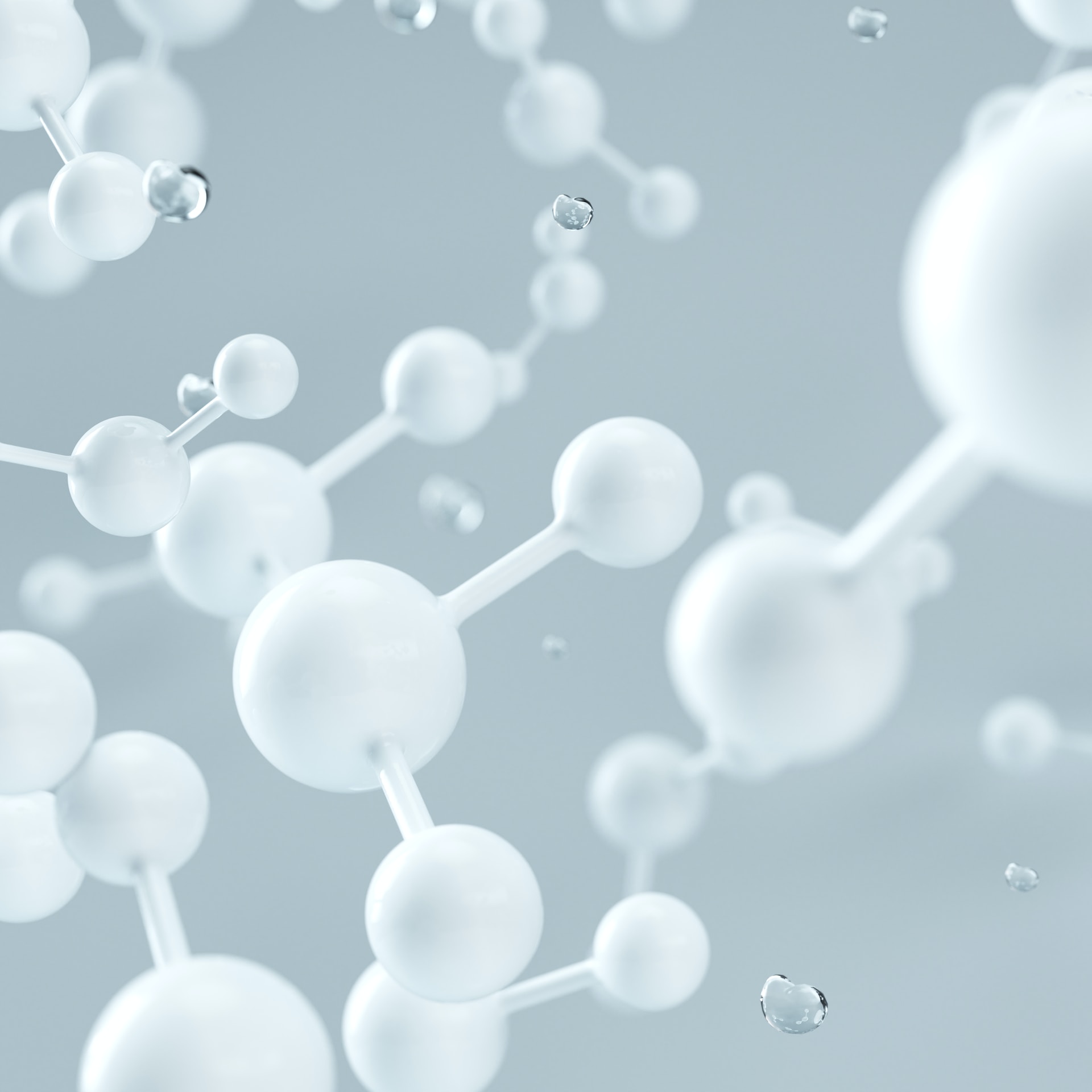In the realm of intellectual property law, the process of patent drafting is intricate and demanding. Patent attorneys and agents work diligently to capture the essence of a novel invention, ensuring that every nuance and detail is described accurately and comprehensively. However, the advent of Artificial Intelligence (AI) has ushered in a new era of patent drafting, particularly in the domain of nanotechnology. This article will delve into the world of AI in patent drafting for nanotechnology, exploring the transformative impact of AI technologies, their benefits, key applications, and the challenges they pose.
Understanding Nanotechnology and Patents
Nanotechnology, the manipulation of matter at the nanoscale, has become a frontier of scientific innovation. From enhancing drug delivery systems to creating more efficient solar cells, its applications are vast and continue to grow. This burgeoning field relies heavily on patents to protect the intellectual property associated with its groundbreaking inventions.
The importance of patents in nanotechnology cannot be overstated. They not only encourage innovation by granting inventors exclusive rights to their creations but also provide a means to publicly disclose their inventions. This disclosure is crucial in promoting the progress of science, as it allows others to learn from, build upon, and further advance the technology. However, drafting patents in the intricate and often abstract language of nanotechnology is no easy task.
Challenges in patent drafting for nanotechnology are multifaceted. Nanotech inventions often feature complex, non-standardized terminology, and highly technical descriptions. This complexity can pose difficulties for patent attorneys who must accurately convey these concepts within the confines of the patent document. Additionally, the rapidly evolving nature of nanotechnology means that patent drafts must remain adaptable and up-to-date.

AI and Its Role in Patent Drafting
Before diving deeper into the role of AI in patent drafting for nanotechnology, it’s crucial to grasp what AI is and how it functions. AI refers to the simulation of human intelligence in machines, allowing them to perform tasks that typically require human intelligence, such as learning, reasoning, problem-solving, and language understanding. AI systems can be trained to recognize patterns, process data, and make decisions based on their analysis.
The field of AI encompasses various subfields, including machine learning, natural language processing, computer vision, and more. These subfields work in synergy to empower AI systems with diverse capabilities, making them invaluable in a wide range of applications.
The Benefits of AI in Patent Drafting for Nanotechnology
Improved Efficiency and Speed
One of the primary advantages of integrating AI into the patent drafting process is the substantial improvement in efficiency and speed. Drafting a patent can be a time-consuming endeavor, involving extensive research, analysis, and the creation of complex technical documents. AI, however, excels at automating many of these tasks, reducing the time required to produce a patent application.
For instance, AI-powered natural language processing (NLP) can swiftly extract essential information from scientific papers, research documents, and technical articles, significantly expediting the initial stages of patent drafting. This efficiency is particularly valuable in nanotechnology, where staying ahead of the competition can be a matter of securing a patent quickly.
Enhanced Accuracy and Quality
Accurate and comprehensive patent applications are vital, especially in a field as specialized as nanotechnology. The slightest omission or inaccuracy can lead to a patent being rejected or, even worse, rendered unenforceable. AI technologies, with their ability to meticulously analyze and process large volumes of technical information, play a crucial role in improving the accuracy and quality of patent drafts.
AI can cross-reference the proposed invention against prior art, ensuring that every novel element is captured and properly documented. In addition, AI systems can identify inconsistencies or ambiguities in the patent application, minimizing the risk of legal disputes and facilitating smoother patent examination.
Cost Savings
While the initial investment in AI tools and software might seem substantial, it often leads to substantial cost savings in the long run. AI-driven patent drafting can significantly reduce the hours spent by human patent attorneys on routine and time-consuming tasks. This, in turn, results in reduced legal fees and quicker patent approval processes.
Moreover, AI can enhance patent portfolio management, helping organizations identify which patents are worth maintaining, licensing, or abandoning. This strategic approach can further reduce the financial burden associated with maintaining large patent portfolios.
Key AI Technologies for Patent Drafting
Natural Language Processing (NLP)
Natural Language Processing, a subfield of AI, is at the forefront of AI’s contribution to patent drafting. NLP enables machines to understand and generate human language, making it a vital tool for processing the vast amount of text that accompanies patents.
NLP assists in the initial stages of patent drafting by extracting and summarizing relevant information from scientific literature, research papers, and technical documents. It can swiftly identify key terms and concepts, helping patent attorneys create comprehensive patent applications.
Examples of NLP Tools for Patent Drafting
Several NLP tools and software have emerged to aid patent attorneys in their work. For instance, IBM’s Watson for Drug Discovery uses NLP to extract valuable insights from biomedical literature, aiding in the patenting of pharmaceutical nanotech inventions. Similarly, PatentSight utilizes NLP to analyze the language of patents and rank them based on their technological relevance.
Machine Learning (ML)
Machine learning, another pivotal AI subfield, plays a vital role in patent drafting for nanotechnology. ML algorithms are designed to recognize patterns, making them invaluable for tasks like prior art searches, patent analysis, and even the generation of patent drafts.
ML Algorithms for Prior Art Searches
The process of identifying relevant prior art can be labor-intensive. AI-driven ML algorithms excel in this area by scanning databases of patents, scientific articles, and technical documents to uncover previously published work related to a particular invention. This not only saves time but also enhances the thoroughness of prior art searches.
Training ML Models for Patent Analysis
ML models can be trained to analyze patent documents and extract key information, such as technical specifications and claims. They can also identify the novelty and inventive step of a proposed invention by comparing it with existing patents, streamlining the patent drafting process.
Computer Vision
Computer vision, which enables machines to interpret and understand visual information, finds applications in patent drafting, particularly when dealing with nanotechnology inventions that involve complex diagrams and images.
Image and Diagram Analysis in Nanotech Patents
Many nanotechnology inventions rely on intricate diagrams and images to depict the structure and functioning of nanoscale devices. Computer vision tools can parse these visuals, ensuring that they are accurately described in the patent application.
Tools Utilizing Computer Vision in Patent Drafting
AI-powered tools like IBM’s Watson Visual Recognition can recognize and classify visual content within patent documents. This capability helps patent attorneys ensure that patent applications align with the visual representations of nanotech inventions.
Legal and Ethical Considerations
The integration of AI into the field of patent law raises legal and ethical concerns that must be addressed. As AI systems become more deeply entwined with the patent drafting process, several important considerations come to the forefront.
Patent Law and AI: Legal Implications
AI-generated patent drafts bring to light questions about the authorship of the documents. In some jurisdictions, patent applications require the signature of a human inventor, raising the issue of whether AI-generated inventions can be patented.
The legal framework must also adapt to accommodate the use of AI in patent drafting, defining the roles and responsibilities of AI systems, patent attorneys, and inventors. It is essential that patent law evolves to reflect the realities of AI’s involvement in the patenting process while maintaining the core principles of encouraging innovation and protecting intellectual property.
Ethical Concerns in AI-Powered Patent Drafting
Ethical considerations are paramount when AI technologies are used in patent drafting. For instance, bias in AI algorithms, whether in language processing or prior art search, can result in unfair or incomplete evaluations of an invention’s novelty or inventiveness.
Moreover, transparency is a key ethical concern. It’s essential that patent offices and applicants are fully aware of how AI contributed to the patent application to ensure accountability and to address any potential issues or errors.
Regulatory Framework and Guidelines
To address the legal and ethical complexities surrounding AI in patent drafting, various patent offices and legal bodies have started to develop guidelines and regulations. These regulations aim to ensure the responsible and ethical use of AI in the patenting process while maintaining the integrity of the patent system.
For instance, the United States Patent and Trademark Office (USPTO) has initiated discussions on AI and intellectual property, exploring the challenges and opportunities AI presents. Additionally, the European Patent Office (EPO) has issued guidelines for examination procedures involving AI, offering clarity on how AI-generated inventions will be treated.
Challenges and Limitations
While AI presents numerous advantages in patent drafting for nanotechnology, it is not without its challenges and limitations.
Overreliance on AI
One potential pitfall is the overreliance on AI. While AI can expedite and improve many aspects of patent drafting, it is not a complete substitute for human expertise. AI-generated drafts may lack the nuanced understanding of complex scientific concepts that a seasoned patent attorney can provide. As such, patent attorneys must maintain a balance between AI assistance and their own knowledge.
Data Privacy and Security Concerns
AI systems rely on extensive datasets, and the handling of sensitive intellectual property information raises concerns about data privacy and security. Protecting patent-related data from breaches or unauthorized access is a paramount concern for both patent attorneys and inventors.
AI Biases and Potential Errors
AI algorithms can be biased based on the data they are trained on. In patent drafting, this could result in inadvertent biases in prior art searches or patent analysis. Recognizing and mitigating these biases is an ongoing challenge in AI applications.
Moreover, AI is not infallible and can make errors, which can be costly in the context of patent law. Ensuring that AI-generated patent drafts are rigorously reviewed and validated is essential to minimize the risk of errors slipping through.
The Role of Human Expertise
Despite the capabilities of AI, human expertise remains irreplaceable in the patent drafting process. Human patent attorneys possess the experience and contextual understanding that AI may lack. The best approach to AI in patent drafting is a collaborative one, where AI aids human professionals, streamlining tasks and enhancing the quality of patent applications.
The Future of AI in Patent Drafting for Nanotechnology
The application of AI in patent drafting for nanotechnology is a dynamic and evolving field. As AI technologies continue to advance, the future holds several exciting possibilities.
Trends and Emerging Technologies
AI in patent drafting is expected to incorporate more sophisticated machine learning techniques and natural language processing capabilities. As AI systems become more adept at understanding complex scientific concepts, they will offer even greater assistance to patent attorneys.
Potential Advancements in AI-Driven Patent Drafting
In the coming years, AI systems may become more proficient in generating complete patent drafts, not just assisting in the initial stages. AI-powered patent drafting could extend to tasks like claim generation and response to examiner queries, further reducing the manual workload of patent attorneys.
Moreover, AI may be utilized to predict patentability, helping inventors make informed decisions on whether to proceed with patent applications or invest resources in alternative routes, such as trade secrets or licensing.

Leave a Reply